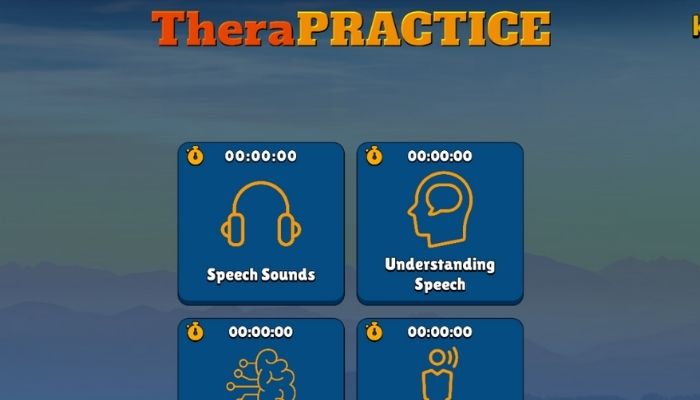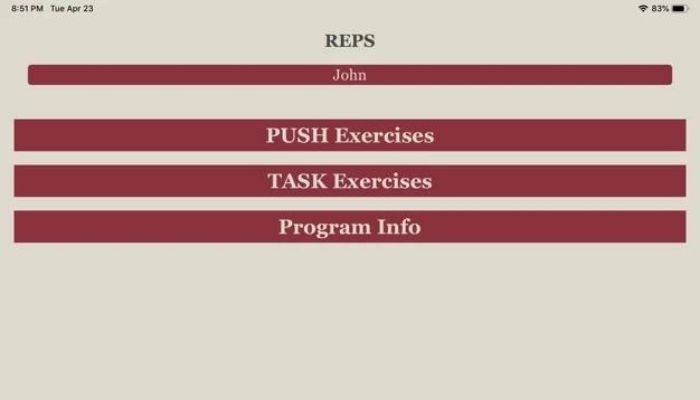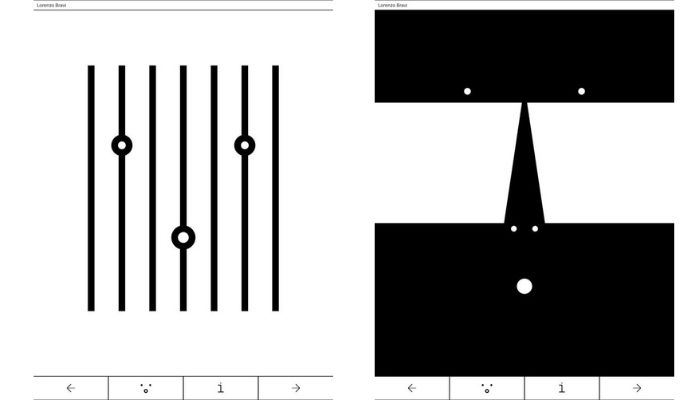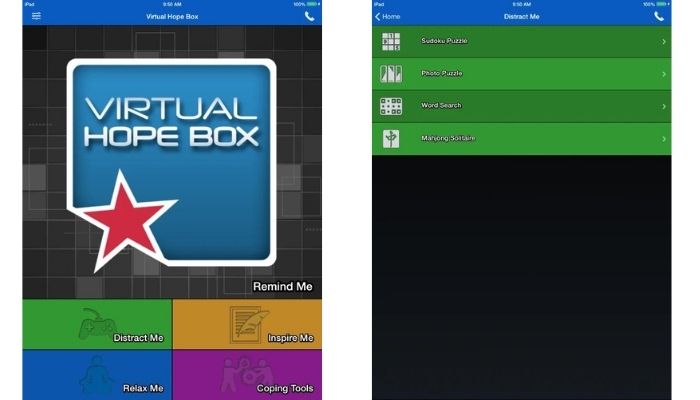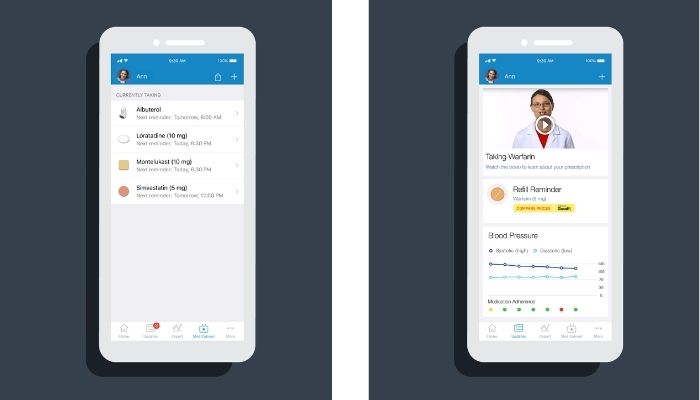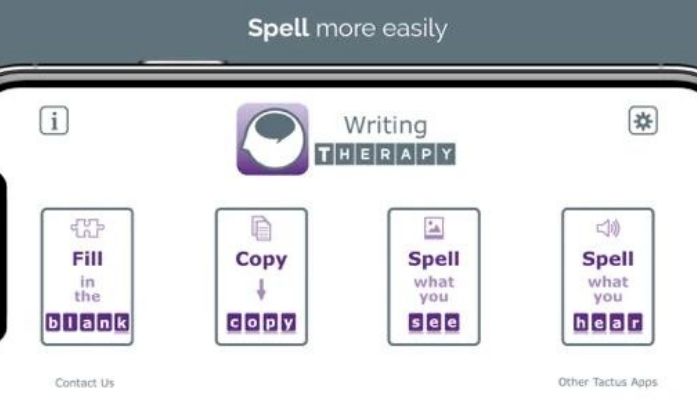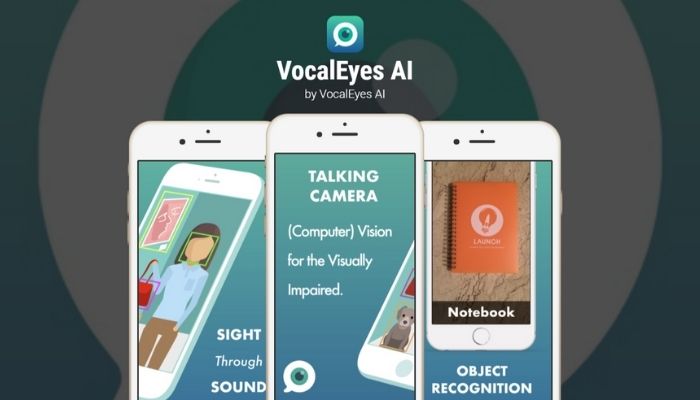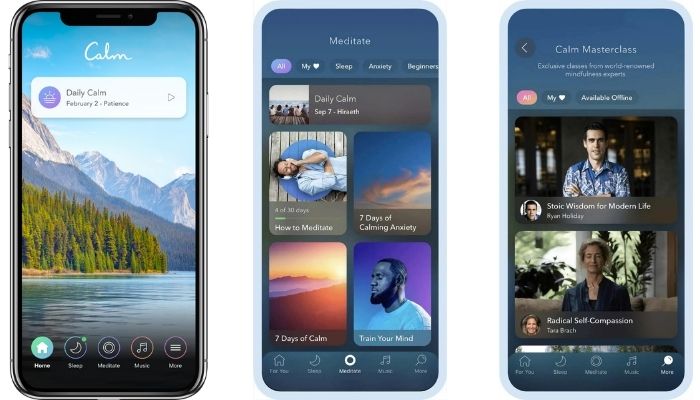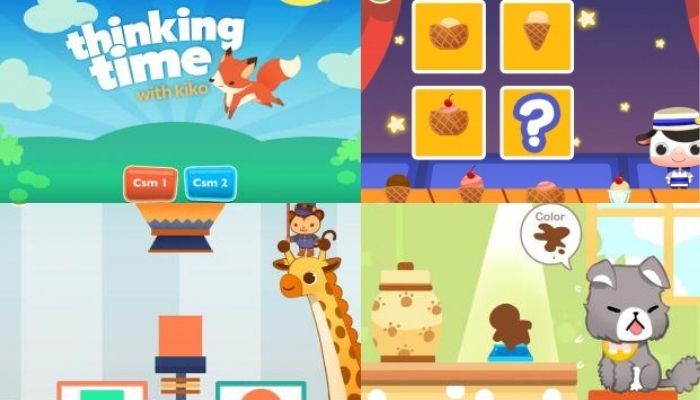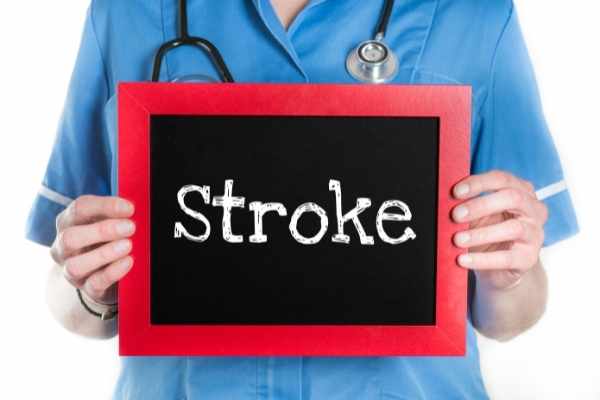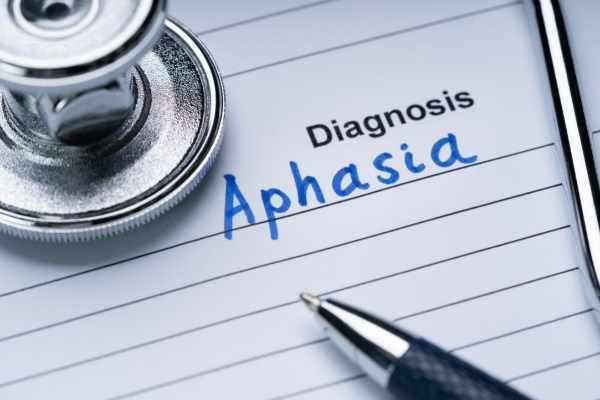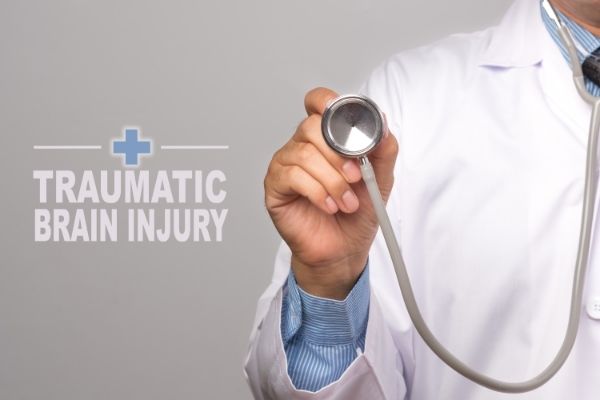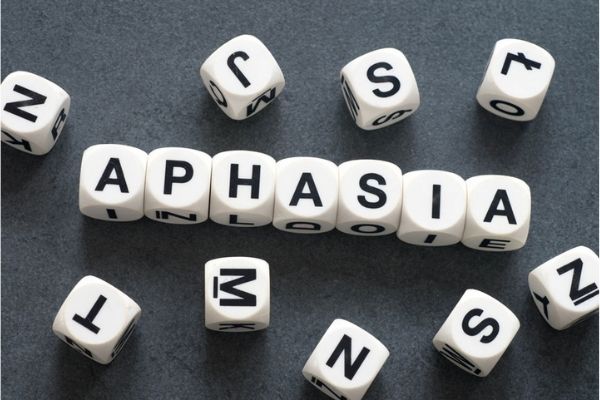7 Apps For Stroke Patients
Damage to the brain after stroke can cause many cognitive changes. Doing things that were easy might now be hard. Problems with memory and thinking are common after a stroke and most people will have some difficulties.
After a stroke, cognitive rehabilitation can aid the mind just as physical therapy aids the body, according to Psych Central, an online mental health and psychological network. The purpose of cognitive therapy is to improve damaged mental abilities and language skills caused by a stroke.
For many suffering from a neurological injury such as stroke, online apps are important adaptive and therapeutic tools that can help to maximize independence and quality of life.
We have identified the best apps to help stroke survivors with their recovery and rehabilitation.
TheraPractice
TheraPractice was developed by highly trained, scientific speech pathology and language experts who developed a set of online games, tasks, and self paced training modules to aid in speech recovery. TheraSpeak is one of the premiere online speech therapy apps for stroke patients and includes language and cognitive tasks to help those who have difficulty communicating, understanding, and cognitive deficits.
TheraSpeak includes one on one virtual language therapy and/or a self paced software therapy program. Users are continuously challenged as the program adapts in real time to performance levels. A free online speech assessment is also offered to provide diagnostic information and guidance moving forward with the individual’s recovery.
REPS Recovery Exercise
REPS Recovery Exercise is an upper limb, repetitive-based task app.
REPS Recovery Exercise consists of two post-stroke exercise programs, TASK and PUSH. Both programs utilize a strategy that can assist recovery after a stroke through repetitive practice. TASK involves the repetitive practice of four everyday tasks (sitting, standing, stepping, standing up) whereas PUSH involves the repetitive practice of arm movements.
There are video demonstrations of exercises which are easy to follow. It was made by a team of academics and physiotherapists from Macquarie University in Australia with the aim of helping stroke patients complete exercises at home as part of a self maintenance rehabilitation program.
Bla Bla Bla
Bla Bla Bla is a visual app that aids exercising voice volume. Bla Bla Bla is an app that reacts to sound in a visual way. It depicts a multitude of faces and when sounds are made the faces change accordingly. A variety of animations are displayed that move with voice.
Speech therapists find this a useful tool for patients who are rehabilitating their volume of speech as it allows independent practice of volume. It works effectively with stroke patients and patients recovery from other neurological conditions.
Virtual Hope Box
Virtual Hope Box is a smart phone app designed for use by patients and their behavioral health providers.
Virtual Hope Box contains simple tools to help patients with coping, relaxation, distraction, and positive thinking and is effective with stroke survivors who can sink into a deep depression in the aftermath of a stroke.
The VHB content can be personalized according to patients’ specific needs. Patients can use VHB to store a variety of rich, multimedia content that they find personally supportive in times of need. For example it can include family photos, videos, and recorded messages from loved ones, inspirational music, quotes they find soothing, reminders of previous success, future aspirations, and affirmation of their worth.
VHB can provide positive activity, planning, distraction tools, interactive relaxation tools, and controlled breathing and muscle relaxation programs. VHB was developed by the U.S. Department of Veteran Affairs.
Medisafe
Medisafe is a medication reminder system. The app was created by Medisafe, a company that was formed following a personal experience with their family of someone accidentally taking the wrong medicine.
With a few simple steps you can add medicine reminders for taking pills and receive constant tracking of your health progress.
It features an intuitive visual interface with easy-to-use medical reminders. You can choose your own medicine reminder sound and refill reminders. Manage all types of medications, be it daily or otherwise. You can track medical progress, such as blood pressure and weight, and the information can be forwarded to your doctor or nurse. Ranked #1 by physicians and pharmacists in independent tests.
Writing Therapy
With four modes, three levels of difficulty, twelve different exercises to practice writing over 500 words, and unlimited custom words, this is an app to hone stroke survivors’ writing skills.
Unlike learn-to-spell apps, Writing Therapy allows users to select and rearrange letter tiles until they are satisfied, choosing when to submit an answer (rather than letters only fitting into the correct spot).
Writing Therapy also has a built-in cuing platform to give hints on each level, making the exercise one step easier to allow success on each trial. A virtual set of letter tiles makes therapy go faster with more repetitions in less time.
The four modes consist of:
- Fill in the blank
- Copy
- Spell What You See
- Spell What You Hear
This app features clear photographs, accessible graphics, and a clear male voice in five languages. Users will benefit from the trial and error format and self-selected cues for practicing these common words. As the users improve, the activities will grow and change with them.
VocalEyes A1
VocalEyes is a computer vision app for the visually impaired. The app uses artificial intelligence to help people with vision problems identify objects in their everyday lives. Take a photo and the app will tell you what the camera sees.
Strokes can sometimes cause damage to brain areas that receive, process, and interpret information sent from the eyes. This damage may result in losing part of a patient’s field of vision or causing double vision.
The audio response from VocalEyes describes scenes and environments; identifies objects, labels, logos, and brands; reads text, detects faces, classifies emotions, recognizes ages, and distinguishes currency denominations.
Calm (Meditation App)
Calm is a top-performing app for sleep, meditation, and relaxation. After a stroke many people experience sudden emotional changes or sleep poorly. It is best to accept and control the emotional changes but, in most cases, that can prove difficult. Experts say one of the best ways to control emotional changes is to meditate. Meditation can also aid in controlling anxiety which can be an impediment to sleep.
The main functions of Calm:
- Meditate (Learn the life changing skill of meditation)
- Sleep (Get more restful sleep and wake up feeling refreshed)
- Music (Exclusive music to help you focus, relax, and sleep)
Calm is a small team passionate about mental fitness, relaxation, and sleep.
Think Time Pro
This App trains memory, attention, reasoning, and key cognitive skills through four scientific games. Think Time Pro was designed by Harvard and UC Berkeley neuroscientists.
Having trouble with your memory after a stroke? This app uses a technique called spaced repetition to help a patient memorize anything from important phone numbers to interesting words or facts.
This app was initially designed to help kids learn faster and succeed at it, but it has become a very handy app for stroke patients.
Finding The Best Apps For Stroke Recovery
While some people recover quickly from a stroke, others may need long-term support. Apps are available to help assist the stroke rehabilitation strategy. They help you or a loved one track medications, provide language therapy, train the brain, and monitor your recovery process.

